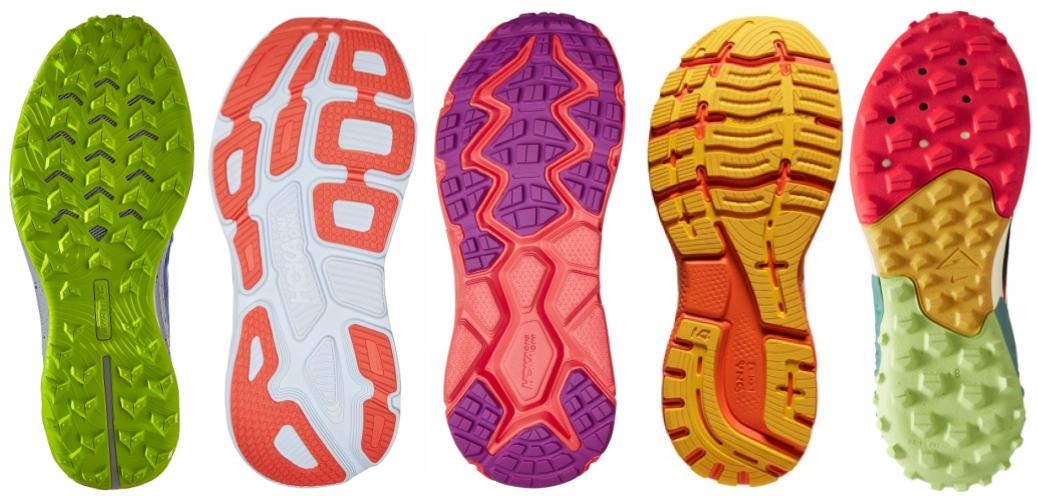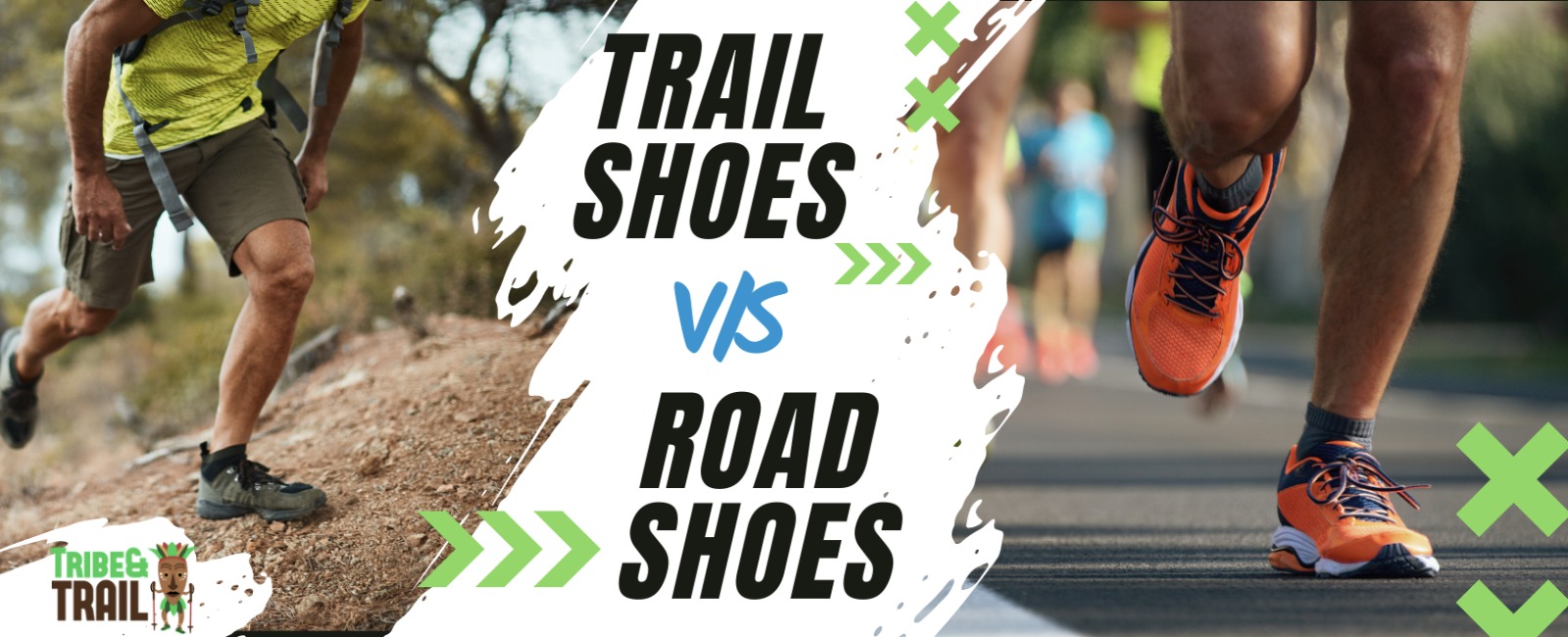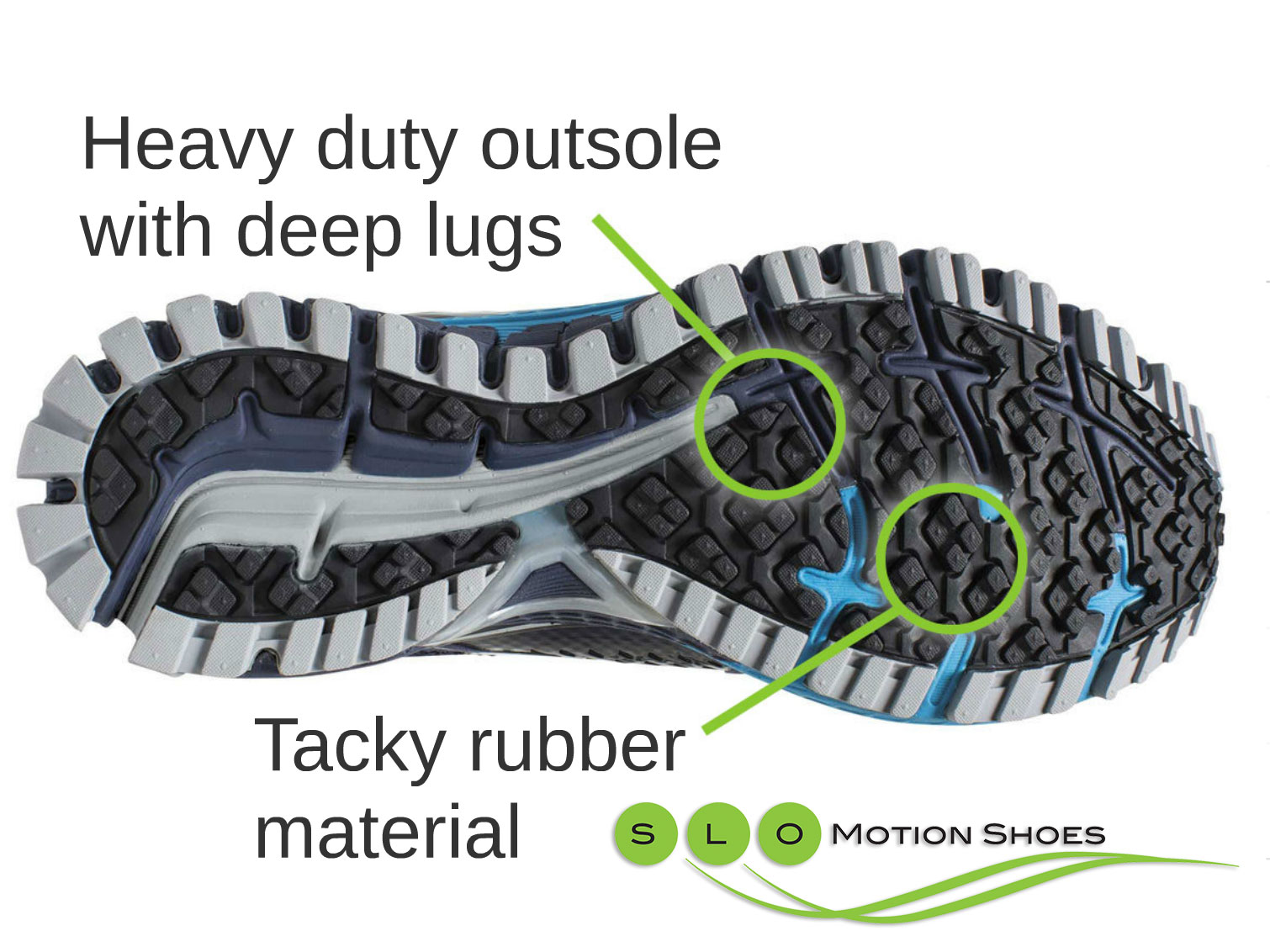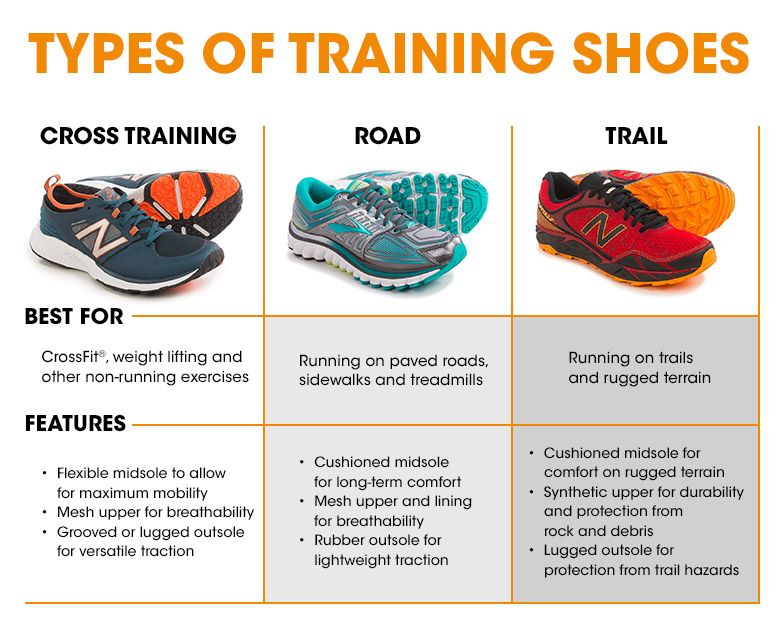When it comes to running, one size definitely does not fit all. Whether you’re a weekend jogger or a serious athlete, the choice between trail and road running shoes can significantly impact your performance and enjoyment. In this comprehensive guide, we’ll delve into the nuances of trail and road running shoes, helping you make an informed decision based on your running habits, terrain preferences, and foot needs.
The Basics: Understanding Trail and Road Running Shoes
What Are Road Running Shoes?
Road running shoes are designed for pavement and smooth surfaces. They typically feature:
- Lightweight Construction: Focused on speed and comfort.
- Cushioning: Enhanced cushioning for shock absorption on hard surfaces.
- Flexibility: A more flexible design for a natural running stride.
What Are Trail Running Shoes?
Trail running shoes, on the other hand, are built for off-road conditions. Key features include:
- Durability: Sturdier materials to withstand rugged terrains.
- Traction: Outsoles with deeper lugs for grip on uneven surfaces.
- Stability: Enhanced support to protect the feet from rocks and roots.
Key Differences Between Trail and Road Running Shoes

| Feature | Trail Running Shoes | Road Running Shoes |
|---|---|---|
| Weight | Generally heavier due to added protection | Lighter for speed |
| Cushioning | Moderate cushioning for uneven surfaces | High cushioning for shock absorption |
| Traction | Deep lugs for traction on rough terrain | Smooth soles for flat surfaces |
| Durability | More durable materials | Less durable, designed for smooth surfaces |
| Support | Increased support for ankles | Standard support for heel-to-toe transitions |
Pros and Cons of Trail Running Shoes

Pros
- Enhanced grip and traction on uneven surfaces.
- Durable materials that are resistant to wear and tear.
- Protection from debris and obstacles during runs.
Cons
- Heavier weight can slow you down on flat surfaces.
- Less cushioning compared to road shoes.
- Higher price point for advanced features.

Pros and Cons of Road Running Shoes
Pros
- Lighter weight, enhancing speed and efficiency.
- Excellent cushioning for comfort over long distances.
- Variety of designs catering to different foot types.

Cons
- Lack of traction on slippery or uneven terrains.
- Less protection against sharp objects.
- Durability may be compromised on rugged trails.
Choosing the Right Shoe: Factors to Consider

1. Terrain Type
Consider where you will be doing most of your running. Trail runners are perfect for off-road adventures, while road runners are designed for city pavement.
2. Your Running Style
Do you run for leisure, exercise, or competition? This will impact the type of shoe you need. Casual runners might opt for comfort, whereas competitive runners may prioritize weight and speed.

3. Frequency of Use
If you run daily, investing in a high-quality pair of shoes tailored to your needs is essential.
Popular Brands and Models

Top Trail Running Shoe Brands
- Salomon: Known for their rugged traction and comfort.
- Hoka One One: Offers significant cushioning with a lightweight feel.
- Brooks: Focuses on stability and durability.
Top Road Running Shoe Brands
- Nike: Renowned for their innovative designs and technology.
- Asics: Well-known for exceptional cushioning and support.
- New Balance: Popular for their wide fit options and customizable features.
Technology in Running Shoes: Innovations to Look For
Cushioning Technologies
Many brands have developed proprietary cushioning technologies, such as:
- ZoomX (Nike): Lightweight foam for optimal energy return.
- React (Nike): Offers a balance of cushioning and responsiveness.
- Boost (Adidas): Excellent energy return and comfort.
Responsiveness and Flexibility
Look for shoes with responsive designs that encourage natural foot movement, particularly in road shoes.
Breathable Materials
Breathability is crucial for all running shoes but especially for road runners, as they often run longer distances in warmer conditions.
Local Running Events and Communities
The USA is rich with running events that cater to both trail and road runners. Participating in these can enhance your experience and provide valuable insights into the types of shoes you may prefer:
- Grand Canyon Ultra: A popular trail running event in Arizona.
- New York City Marathon: One of the largest road races in the world.
- Western States Endurance Run: A prestigious ultra-trail race in California.
How to Test and Fit Your Running Shoes
1. Try Before You Buy
Always try on shoes in-store. Running stores often have treadmills for you to test shoes before purchasing.
2. Consider Your Running Socks
Wear the socks you plan to use for running when trying on shoes, as they can affect fit.
3. Check the Fit
Ensure there is enough room for your toes, and the shoe should feel snug but not tight around the midfoot.
FAQs About Trail vs Road Running Shoes
1. Can I use trail shoes for road running?
While trail shoes can be used on roads, they may not provide the same comfort level as road shoes, particularly on long runs.
2. Do I need different shoes for trail and road running?
If you frequently switch between terrains, it’s advisable to invest in both types of shoes to optimize performance and comfort.
3. What is the lifespan of running shoes?
On average, running shoes last between 300 to 500 miles, depending on the type of shoe and running surface.
4. How should I clean my running shoes?
For both trail and road shoes, remove dirt with a soft brush, and let them air dry. Avoid machine washing as it can compromise the shoe’s structure.
Conclusion: Finding Your Perfect Fit
Choosing between trail and road running shoes is a highly personal decision that depends on numerous factors, from your running style to the terrain you love to explore. By understanding the features, benefits, and use cases of each type of shoe, you can find the ideal pair that elevates your running experience. Remember, the right shoes not only enhance performance but also help prevent injuries, making each run an enjoyable journey.
Further Reading and Resources
For more insights into running shoes and technology, we recommend checking out these resources: